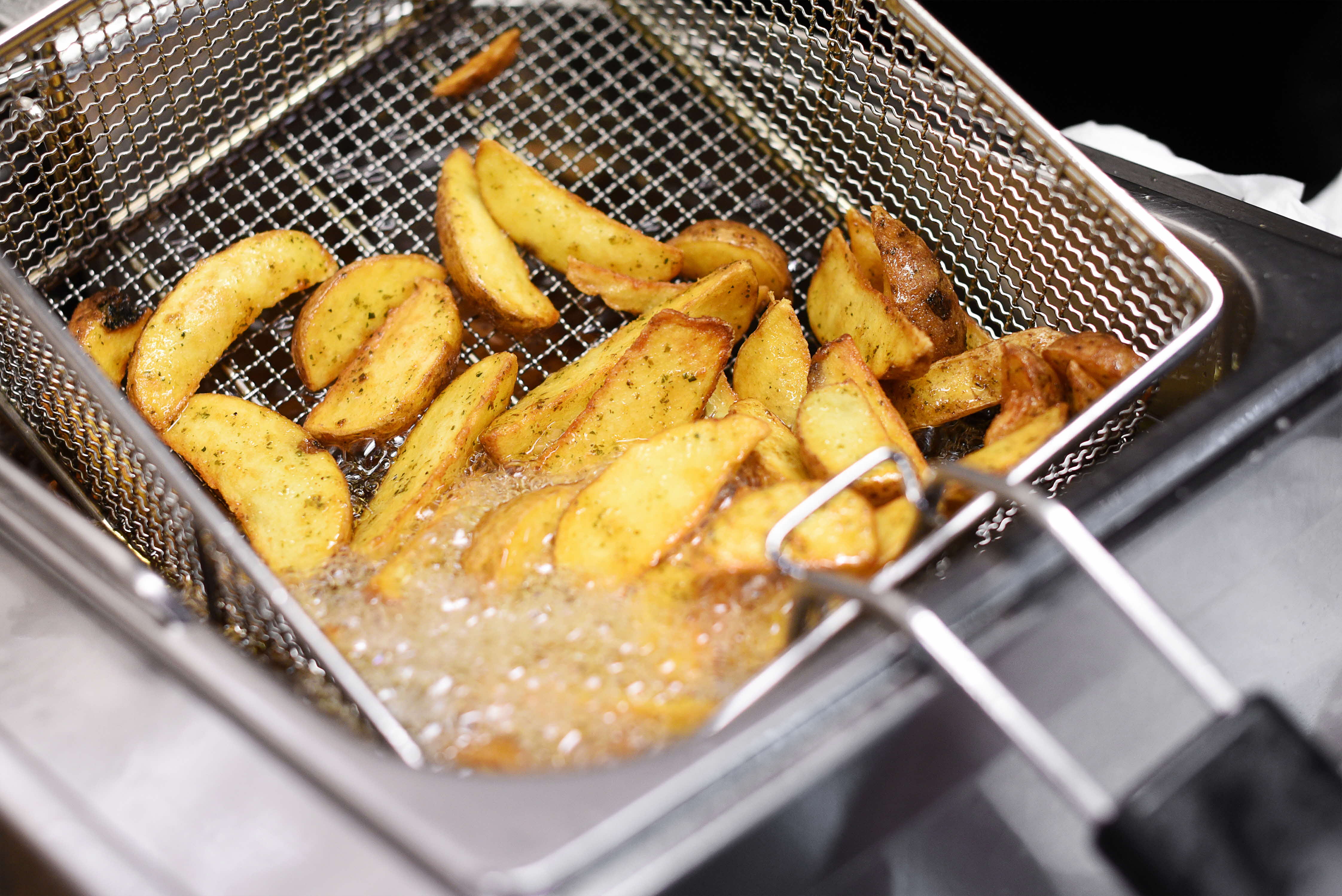Summary: - Based on SFA’s analysis of past data, the four leading risk factors for foodborne disease outbreaks are: (i) poor food handler/premises hygiene; (ii) improper temperature control; (iii) undercooked food; and (iv) cross-contamination.
- As food safety is a joint responsibility of the food industry, consumers and the government, we can all play our part and practice the 4Cs (Cleanliness and hygiene, Control of temperature, Cook food well, and Counter cross-contamination) to mitigate food safety risks.
|
In 2023, despite an increase in the number of food establishments, the number of foodborne illness cases related to foodborne outbreak remained low at no more than 22.5 cases per 100,000 population. Nevertheless, there continues to be food safety incidents that serve as crucial reminders that we must not become complacent.
Food safety is a top priority for SFA. In a recent analysis of data collated from investigations of past foodborne outbreaks by SFA’s National Centre for Food Science, the four leading risk factors for foodborne disease outbreaks were identified. These are: (i) poor food handler/premises hygiene; (ii) improper temperature control; (iii) undercooked food; and (iv) cross-contamination.
Read on to find out how we can all do our part to mitigate food safety risks.
1. Cleanliness and hygiene: Wash and maintain
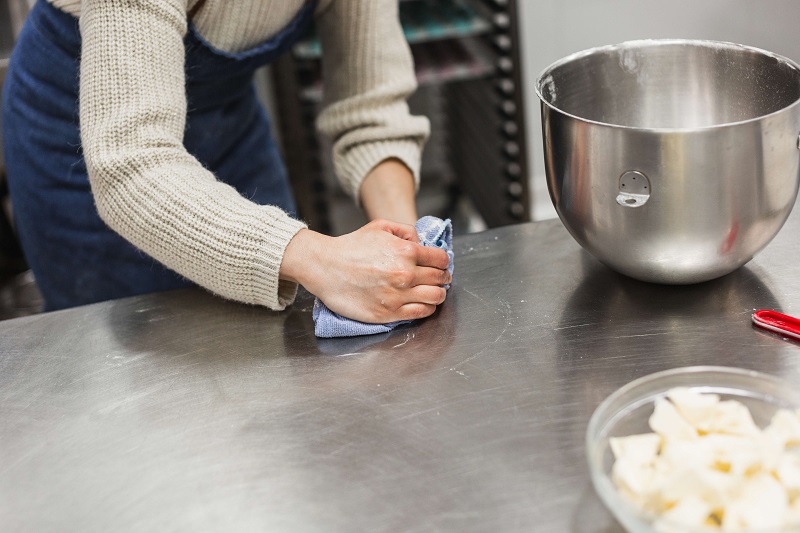
Inadequate hygiene practices by food handlers along with unclean food preparation areas can lead to contamination of food from food handlers and/or the environment. Cleanliness and hygiene are not merely about appearances – it is vital in preventing people from falling sick. Here are some best practices that you can adopt.
| Food handlers | - Wash your hands thoroughly with soap and water before and after handling food, especially ready-to-eat (RTE) foods such as salads, and when handling raw ingredients.
- Food handlers who display symptoms of gastroenteritis should not prepare or handle food.
|
| Food business operators | |
2. Control of temperature: Keeping it cool (or hot)
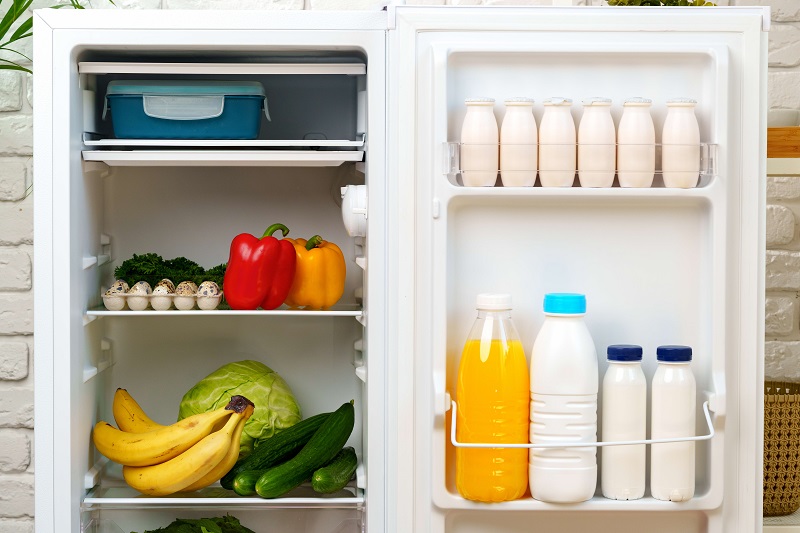
Failing to keep food at a safe temperature allows harmful bacteria to multiply rapidly. It is thus essential to ensure that food is stored at the correct temperature. Bacteria multiply most rapidly in the temperature danger zone of between 5°C and 60°C. Here is what you can do to keep food at safe temperatures.
| Before cooking | - Keep perishables refrigerated, especially in Singapore's warm climate.
- Adhere to recommended storage durations and temperatures for different food types.
- Ensure that refrigerators/chillers and food warmers are in proper working condition.
- Verify that temperature-monitoring equipment/appliances are properly calibrated (i.e. temperature displays are accurate).
|
During food preparation
| - Minimise the time that chilled food is outside the fridge during food preparation.
- Thaw food safely in the refrigerator/chiller or by using a microwave's defrost setting. Never thaw food at room temperature to prevent harmful bacteria from multiplying. Do not re-freeze thawed food.
- Refer to our Guidelines on Thawing of Food for more details.
|
After cooking
| - For food handlers who handle bulk cooking of food (e.g. caterers), always timestamp and record the temperature of each food item.
- Do not keep cooked or RTE food at the temperature danger zone (5°C to 60°C) for more than four hours, as bacteria can multiply to dangerous levels.
- Keep hot cooked food above 60°C right up to serving.
- Refer to Temperature Control in Cooked Food for more information.
|
3. Cook food well: Turning up the heat
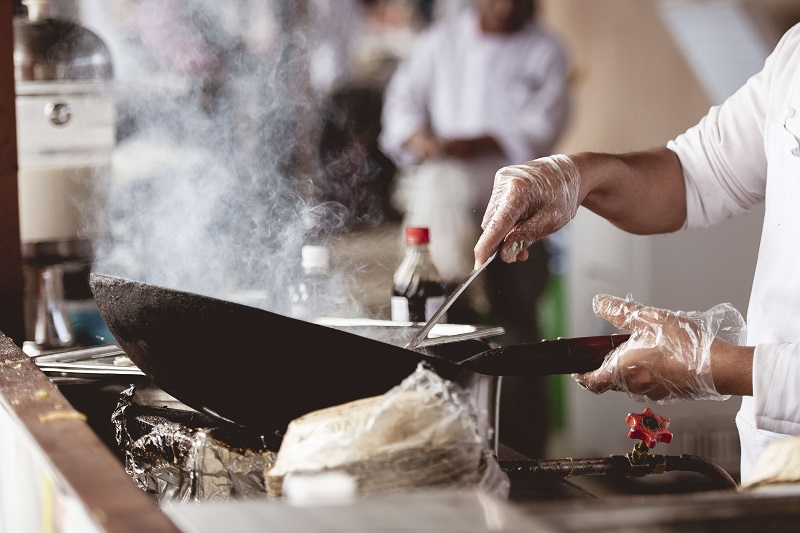 Proper cooking is the most effective defence against harmful microorganisms. Harmful bacteria may be present in food if it is not cooked thoroughly, which can lead to food poisoning. Here are some best practices when cooking.
Proper cooking is the most effective defence against harmful microorganisms. Harmful bacteria may be present in food if it is not cooked thoroughly, which can lead to food poisoning. Here are some best practices when cooking.
General cooking practices
| - Understand the appropriate temperatures for cooking different types of foods.
- Cook or reheat food thoroughly, and ensure that it reaches temperatures above 75°C to kill off any harmful bacteria that may be present.
- When cooking large quantities of food, use shallower pots and pans to cook food in smaller batches.
|
Meats and poultry
| - For meats and poultry, check that the centre is well-cooked and not pink. Meat that is pink indicates that it is not cooked thoroughly. Beef and lamb are exceptions as they may be consumed rare or medium rare.
- Use a food thermometer to check the doneness of meats.
- When preparing whole cuts of beef and lamb, ensure that the surface is properly cooked to eliminate surface bacteria.
|
| Soups, stews and gravy-rich foods | - Ensure that these foods (e.g. curry) are brought to a boil.
|
4. Counter cross-contamination: Drawing the line
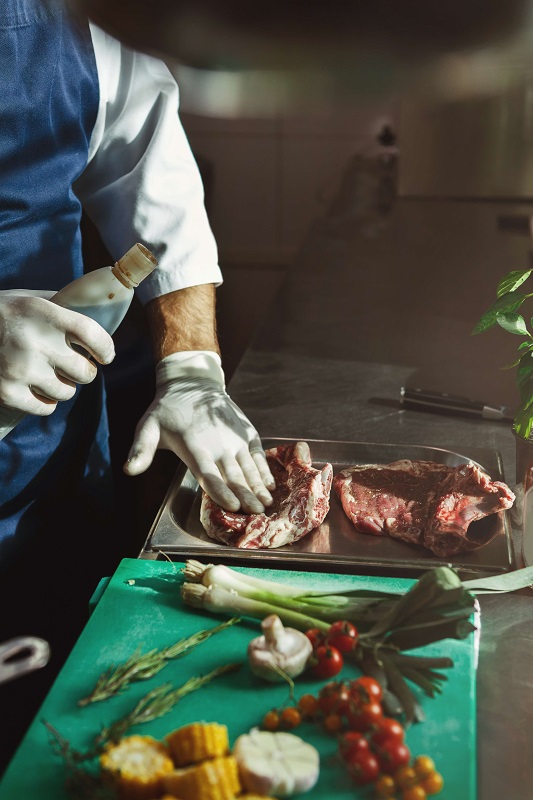
Cross-contamination is a common cause of food poisoning. It can occur when bacteria is transferred between food, food preparation surfaces, or kitchen equipment and appliances. Mixing raw and cooked foods, or using the same utensils without proper cleaning, are common ways that harmful bacteria can spread. You should also take extra precautions when preparing food that is meant to be consumed raw or uncooked (e.g. oysters or sashimi). Here are some tips to prevent cross-contamination.
Food storage and handling
| - Keep raw food separate from RTE or cooked food.
- Store raw meat and seafood at the bottom of the refrigerator/chiller. This prevents raw food juices from dripping onto other foods.
- Avoid washing raw meat to prevent cross-contamination of bacteria.
|
Utensil and equipment use
| - Use separate cutting boards and utensils for raw and cooked food, as well as RTE food such as fruits.
- Regularly wash food contact equipment/utensils (e.g. knives, tongs, chopping boards) with hot water and soap. Wipe them dry with a clean towel before use.
|
By embracing the 4Cs, we can all contribute to a safer food environment. Let us continue to stay vigilant and work together to ensure that every meal in Singapore is not just delicious but also safe for consumption!


 Proper cooking is the most effective defence against harmful microorganisms. Harmful bacteria may be present in food if it is not cooked thoroughly, which can lead to food poisoning. Here are some best practices when cooking.
Proper cooking is the most effective defence against harmful microorganisms. Harmful bacteria may be present in food if it is not cooked thoroughly, which can lead to food poisoning. Here are some best practices when cooking.


